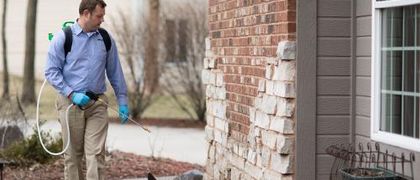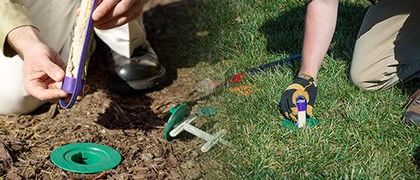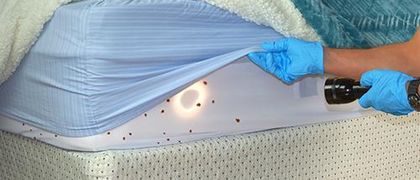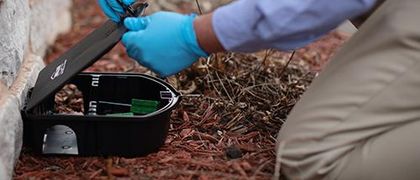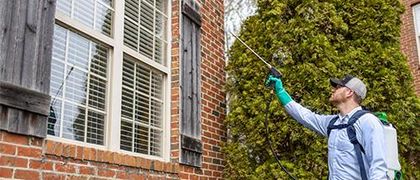What do pavement ants look like?
- Size: 1/8 – ¼ in.
- Color: Dark brown
- Body Structure: Head, thorax, and abdomen with two spines on the pedicel and stinger at the end of the thorax.
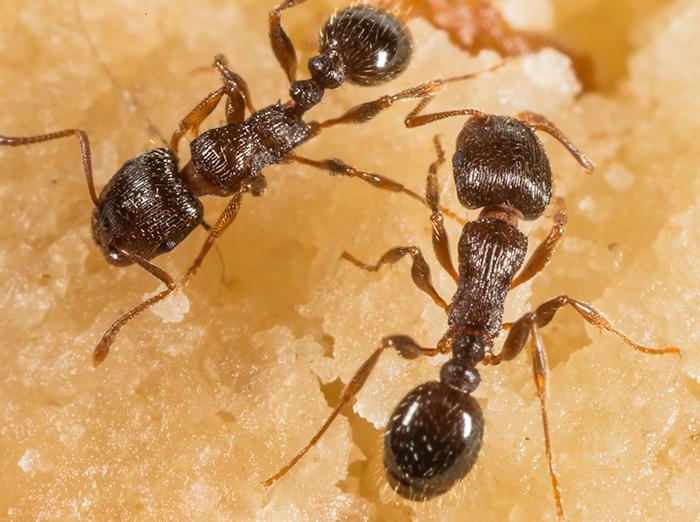
Characteristics of pavement ants
Pavement ants are generally slow-moving ants that form colonies near sidewalks or pavement.
When are pavement ants most active?
How are pavement ant colonies formed?
New pavement ant colonies are formed in the spring when winged pavement ants, or “swarmers,” mate and reproduce.
Where do pavement ants nest?
Little black ants tend to nest near or in sidewalk cracks and the edges of pavement. They also nest in hollow concrete block foundation walls beneath concrete slab foundations. The presence of nests outdoors is often evidenced by soil mounds.
Indoors, property owners may find pavement ants nesting under floors, inside insulation, and in wall voids.
What do pavement ants eat?
Like other species, pavement ants feed on honeydew and dead insects. Indoors, they tend to seek out sugary, greasy, or fatty foods.
Are pavement ants dangerous?
Although not particularly aggressive, pavement ants may bite and sting if provoked; but are not considered dangerous.
Why do I have a pavement ant infestation?
Pavement ants invade homes while searching for food and water sources, and once inside may decide to nest indoors if conditions are favorable.
How do I get rid of pavement ants?
In order to get rid of pavement ants, all nesting sites must be located and treated as well as the pavement ants out foraging. Here at Miller Pest & Termite, we offer pest control services that exterminate and prevent pavement ant activity. Reach out today to find out how we can help you solve your pavement ant problem.
How can I prevent a pavement ant problem?
To prevent pavement ants and other house-infesting pests from infesting your home, our local pest control pros recommend the following pest prevention tips:
- Seal all cracks, gaps, and openings on the exterior of the house as well as in the driveway and sidewalks
- Fill gaps found around doors and windows
- Eliminate moisture problems
- Keep your kitchen, pantry, and food cupboards spotless
- Empty trash cans regularly
- Wash dishes after every meal
- Store food in containers with tight-fitting lids
- Trim back tree branches, as well as shrubs and bushes so that they do not touch the exterior of the house
- Fix plumbing issues and leaking appliances
- Replace water-damaged wood


Get Help Now!





